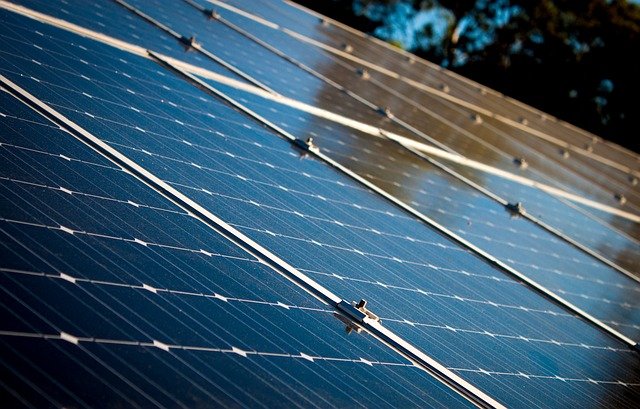
Not all solar panels are the same. While they are all made of a photovoltaic (PV) material – such as silicon – that’s able to convert sunlight into electricity, they are available in different types.
Most solar panels fall under one of three categories: monocrystalline, polycrystalline or thin film. You can use any of them to generate renewable electricity for your home or place of business. Each type, however, works in a different way while offering its own advantages.
#1) Monocrystalline
The most common type, monocrystalline solar panels are characterized by their construction. As their name suggests, they are made of a single silicon crystal. Silicon crystals are grown specifically for use in solar panels. Monocrystalline solar panels consist of wafers cut from a single silicon crystal.
Crystalline silicon has become synonymous with solar panels. According to the U.S. Department of Energy (DOE), it’s used in over 85% of all solar panel installations. Monocrystalline solar panels are made of crystalline silicon. They consist of wafers that are cut from a single lab-grown crystal.
Monocrystalline is the most efficient solar panel technology on the market. Monocrystalline solar panels can convert more sunlight into electricity than all other types of solar panels. They also perform better in shaded areas. Even when shaded by a structure or tree, monocrystalline solar panels will still generate electricity.
#2) Polycrystalline
Polycrystalline solar panels are made of the same silicon as monocrystalline solar panels. With that said, polycrystalline solar panels feature a different construction. They aren’t made of a single silicon crystal. Rather, polycrystalline solar panels are made of molded silicon.
Manufacturers make polycrystalline solar panels by melting raw silicon. After the silicon has liquified, manufacturers pour or inject it into a mold. The silicon will then take the shape of the mold as it cools, resulting in new solar panels.
Polycrystalline solar panels cost less than monocrystalline solar panels. They aren’t as efficient, but their lower price makes them an attractive alternative for homeowners and business owners.
#3) Thin Film
While not as common as monocrystalline or polycrystalline, there are also thin-film solar panels. Thin-film solar panels are made of silicon. Rather than crystalline silicon, though, they are made of amorphous silicon.
Thin-film solar panels are thin. When compared to monocrystalline solar panels, they are 10 to 20 times thinner on average. Another benefit of thin-film solar panels is their price. They cost less than monocrystalline and polycrystalline solar panels.

